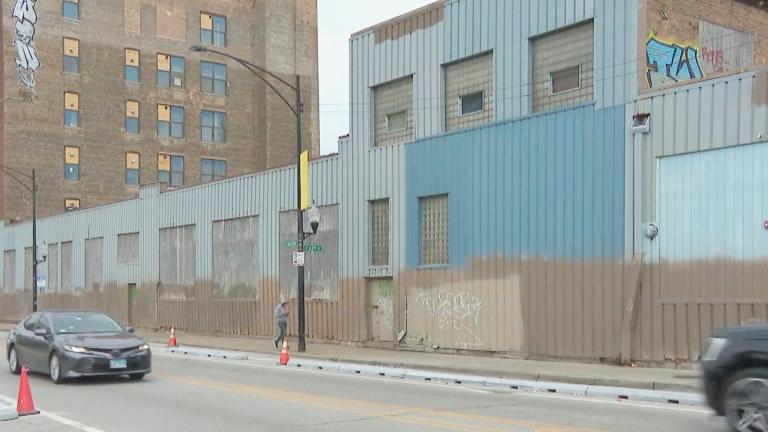The average U.S. life expectancy dropped by a full year during the first half of 2020, according to a new report from the Centers for Disease Control and Prevention.
The decrease in average life expectancy is even steeper in Black and Latino communities.
According to the report, it dropped by 2.7 years for black people, 1.9 years for Latinos and 0.8 years for whites.
“A one-year drop, while it sounds small, it is notable. What is really the loss here that these are individuals, some of whom had many productive years of life left and we’re losing ground instead of gaining ground,” said Mercedes Carnethon, vice chair of preventive medicine at Northwestern University Feinberg School of Medicine. “We’re losing ground on life expectancy against the backdrop of better medical therapies, the opportunity for prevention. Despite all of that, we’re seeing losses in life that are disproportionately felt by different members of our community.”
Black and Latino males saw the greatest decline, by three years and 2.4 years, respectively.
“COVID revealed the social fault lines that preexisted, and planted its seeds on those social chasms that preexisted. Take a city like Chicago, where prior to COVID there was a black-white life expectancy gap of 8.6 years,” said Dr. David Ansell, senior vice president for community health equity at Rush University and the author of “The Death Gap: How Inequality Kills,” which will be updated and republished this May.
The average life expectancy is based on the first six months of 2020, which includes roughly three months of the coronavirus pandemic.
“I think that when we add in the second half of 2020, when we were certainly still seeing indigenous people, Latinx population and Blacks suffering higher rates of mortality, I think that these differences in life expectancy could be expected to remain the same or even grow somewhat as more Latinx deaths have become apparent,” Carnethon said.
A 2019 analysis found a 30-year life expectancy difference between Chicago’s Streeterville and Englewood neighborhood. Streeterville, near Chicago’s Loop, had a life expectancy of 90. In Englewood, the life expectancy was 60. The communities are just 9 miles apart.
In 2018, West Side United, an organization Ansell is involved with, discovered a 16-year life expectancy gap between the Loop and West Garfield Park, communities that are just 6 miles apart.
“It’s the tragic consequences of not addressing the social and structural underpinnings of health. There’s no amount of help in health care that can sort of address that,” Ansell said.
He says the U.S. needs to address the social infrastructure in the country “in a more intentional, thoughtful and integrated way.” Structural racism and economic deprivation, he says, are part of the life expectancy gap in the U.S. and in Chicago.
Ansell said initiatives like Invest South/West and the city’s COVID-19 equity response team are examples of ways to begin to address the causes of the life expectancy gap.




